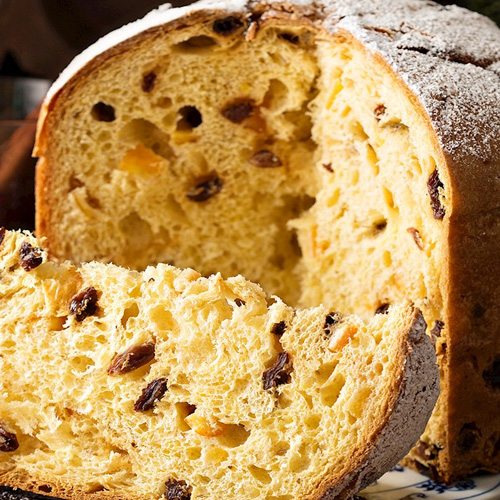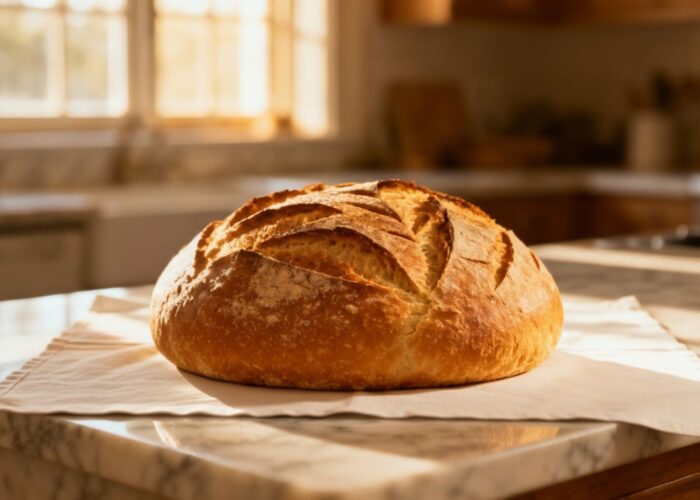Grissini: The Classic Italian Breadsticks from Turin
Light, crispy, and irresistibly snackable. Grissini, or Italian breadsticks, are a beloved part of Italian cuisine, found everywhere from casual trattorias to elegant antipasto platters. But behind these slender sticks lies a story as rich as their flavor.
The origins of Grissini trace back to late 17th-century Piedmont, in the northern Italian city of Turin. Legend has it that these long, crunchy breadsticks were born out of necessity: the young Duke Vittorio Amedeo II of Savoy had trouble digesting traditional bread. A local baker, working with the court physician, created a lighter alternative dry, thin, and easy on the stomach. The result? A perfectly crisp breadstick that quickly gained favor not only with the duke but with nobles and commoners alike.
What started as a health-conscious innovation soon became a culinary classic. Grissini spread throughout Northern Italy, especially in the Piedmont region, where they became a standard feature in bakeries, restaurants, and homes. Traditionally served as an antipasto, Grissini are often paired with prosciutto, salami, cheeses, and even a glass of wine. Their mild flavor and satisfying crunch make them the perfect companion to stronger, saltier ingredients.
Today, Grissini are enjoyed far beyond Italy’s borders. You’ll find them in everything from fine-dining restaurants to rustic picnics, often served with dips, wrapped in cured meats, or simply eaten plain as a snack. Whether handmade or mass-produced, their appeal lies in their simplicity and versatility, a humble breadstick with a royal backstory.
Serving
There’s something beautifully simple about serving grissini. Their crunchy texture and subtle flavor make them the perfect addition to almost any spread. Traditionally, they’re laid out in a basket or wrapped in a napkin as part of an antipasto platter, often paired with cured meats, cheeses, or olives. They’re also delicious wrapped in thin slices of prosciutto for an easy, elegant appetizer. Hosting a wine night? Grissini are a natural match, just set out a few dips like whipped ricotta, pesto, or tapenade, and let guests snack at will. Whether you’re entertaining or simply snacking, these slender breadsticks bring a rustic Italian touch to any table.
Toppings for Grissini
While classic grissini are delicious on their own, adding toppings can turn these humble breadsticks into something extra special. Whether you’re serving them as an appetizer or packing them as a snack, here are some easy and tasty ways to elevate your grissini:
Herbs & Spices
Sprinkle fresh or dried herbs over your grissini before baking for an aromatic finish. Brush lightly with olive oil to help the herbs stick.
Rosemary (classic and earthy)
Thyme
Oregano
Cracked black pepper
Chili flakes (for a spicy kick)
Garlic powder or onion powder
Cheese
A sprinkle of cheese before baking adds richness and a slightly salty bite. Avoid piling on cheese, keep it light to preserve that crisp texture.
Grated Parmesan or Pecorino Romano
Finely shredded Asiago
Cheddar dusting for a modern twist
Seeds
Seeds give grissini extra crunch and a nutty flavor.
Sesame seeds (white or black)
Poppy seeds
Fennel seeds
Caraway or flax seeds
Salt & Savory Finishes
Simple, bold toppings that highlight the flavor of the dough.
Coarse sea salt or flaky Maldon salt
Everything bagel seasoning (for a modern, crowd-pleasing twist)
Smoked paprika or za’atar for a Mediterranean flair
Storage
Let grissini cool completely, then store in an airtight container at room temperature for up to 5 days. If they soften, pop them back in a 180°C (350°F) oven for a few minutes to crisp them up again.
Don’t Freeze: Grissini don’t freeze well. They tend to lose their signature crunch. Always enjoy fresh or toasted again if needed.




